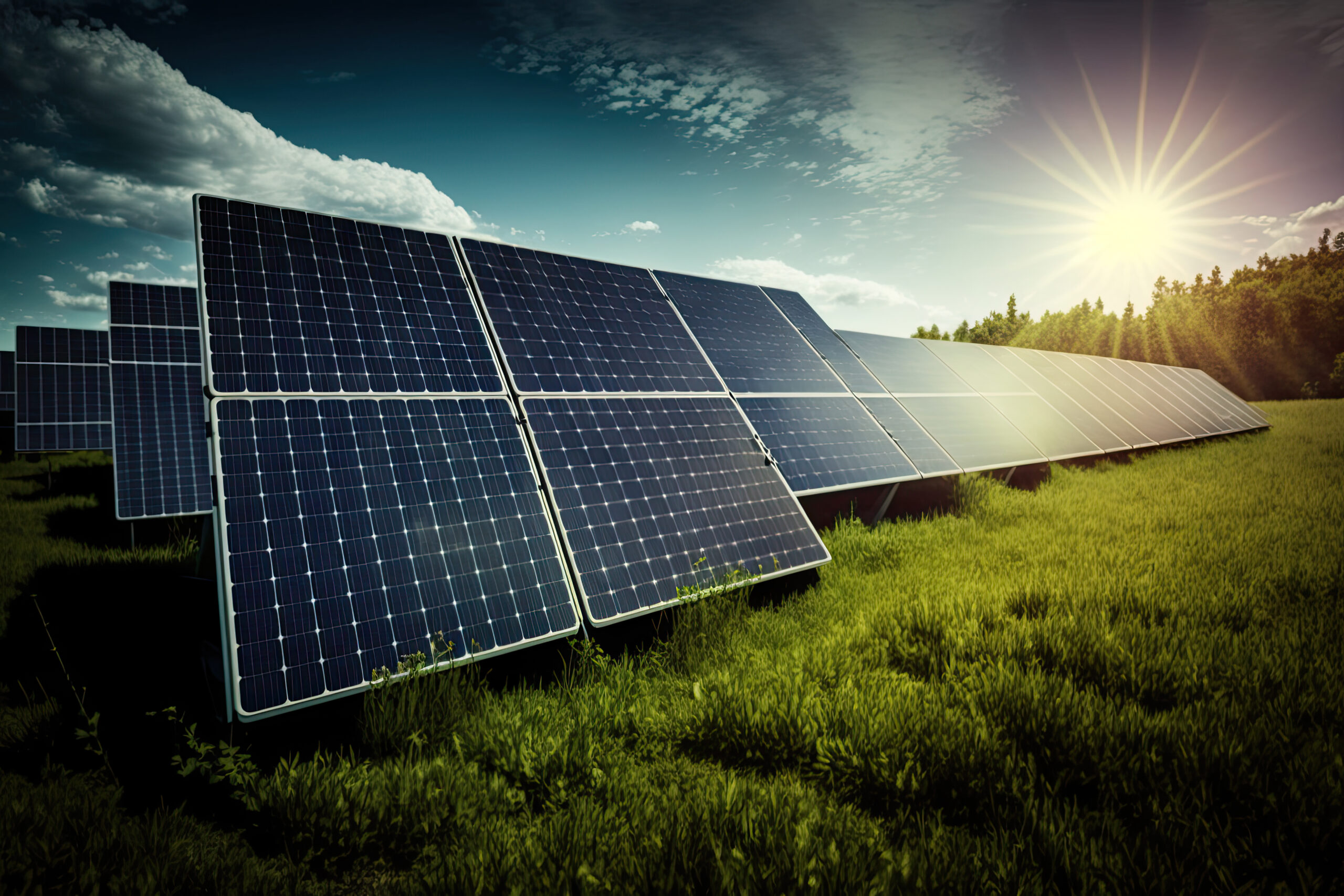Maryam Nawaz Solar Program for Energy-Stricken Pakistan

The energy crisis in Pakistan has been a complex issue, compounded by global energy demands, internal policy missteps, and an over-reliance on non-renewable energy sources. The country has faced significant challenges in securing affordable energy, leading to widespread power shortages, crippling economic activities, and a considerable impact on the public’s daily life.
To cater to the pressing issue, Maryam Nawaz, the newly appointed first female Chief Minister, Punjab, put forward her administrative plans aiming to help the public with their electricity bills in the region.
The CM announced a plan to provide solar panels on an installment basis to consumers using 300 units or less, revealing a long-standing, affordable energy solution. The plan is different from what was promised by her party leader, Hamza Shehbaz Sharif, the Vice President of PML-N, during the election: We would give 300 units of electricity for free if PMLN were to win.
Pakistan’s Reliance on Fossil Fuels – Environmental Impacts
As a developing country, Pakistan is heavily dependent on fossil fuels to meet its ever-increasing energy demands. Fossil fuels the likes of coal, natural gas, and oil are utilised in electricity generation, transportation, and industrial processes. These non-renewable energy sources, although, are cheap sources of energy. But their consumption poses potential hazards to the environment, affecting ecological balance and quality of life. For instance:
- Coal releases large amounts of carbon dioxide (CO2), greenhouse gases (GHGs), and other pollutants such as sulphur dioxide (SO2) and nitrogen oxides (NOx), together all these elements contribute to air pollution and respiratory health issues among the population.
- Natural gas, used for power generation, residential heating, and as vehicular fuel, is indeed a cleaner fuel option compared to coal and oil. But it still emits carbon dioxide (CO2) and methane, a potent greenhouse gas.
- Oil, another primary energy source, is used in the transportation sector and for power generation through a process called combustion. Which produces carbon dioxide (CO2), nitrogen oxides (NOx), and sulphur dioxide (SO2). These gases degrade air quality, contributing to global warming.
Thus, the leaning on these fossils are prompting environmental crises and impacting beings. Amidst such an alarming situation, the solar energy program serves as a silver lining reducing greenhouse gas (GHG), and other harmful emissions.
Here, it is pertinent to note that solar power – a clean, renewable resource emits zero pollutants while energy generation. Thus act as a potential catalyst in reducing carbon footprints on the environment. Since, Pakistan aims for a 50% cut in carbon emissions by 2030, this solar program could be a potential leap towards this goal.
Benefits of Solar Program
Maryam Nawaz’s Solar Program for consumers using 300 units or less a month represents a key stride in promoting renewable energy and sustainability. The initiative, once launched, will bring about diverse benefits, impacting economic, environmental, and social spheres, such as:
- Reduced Energy Costs: The general public will fortunately experience a reduction in monthly electricity bills. Solar power generation will offset the electricity consumed from the grid, leading to significant savings, especially over the long term as the cost of solar technology continues to decrease.
- Increased Energy Independence: The electricity thus generated would reduce dependency on the national grid by households, and is, therefore, an encouragement against service interruptions, as well as a reduction of power outages and price fluctuations. This would be particularly most beneficial to areas with no stable power supply.
- Environmental Benefits: Solar power is a clean, renewable source that does not produce any greenhouse gas emissions. Such an initiative could reduce dependency on fossil fuels, lessening air pollution and keeping the country engaged in global efforts against climate change.
- Boost for the Local Economy: The installation and maintenance of photovoltaic panels create job opportunities that would stimulate the local economy by providing job opportunities to the fresh graduates. Also, such a program will help facilitate new business development in various capacities within the renewable energy industry, from manufacturing and distribution to sales and service.
- Enhanced Grid Stability: Widespread adoption of solar energy will help balance the load on the national grid, especially during peak demand times. By generating electricity close to where it is consumed, transmission losses will be reduced, and the efficiency of the power distribution system will be improved.
- Support for Low-Income Families: The program is particularly beneficial for lower-income households, which spend a higher proportion of their income on energy.
- Long-Term Savings: Although there is an initial cost involved in installing solar panels, the long-term savings on electricity bills and the low maintenance costs of solar systems will make it a financially sound investment for homeowners.
- Incentivisation and Awareness: Implementing such a program will also serve to increase public awareness about the benefits of renewable energy and encourage more people to consider sustainable energy solutions.
End Note
Maryam Nawaz Solar Program aimed at alleviating the burdensome electricity costs faced by Pakistanis. The solar program promises economic relief and environmental benefits as well by curbing greenhouse gas emissions and supporting the country’s commitment to slash carbon emissions by 50% by 2030. However, amidst the glaring environmental crises, keeping in view the past records of energy initiatives, a question arises: could this solar initiative be the beacon of hope for a sustainable future in Pakistan?
FAQs
Q1. What is the price of the solar system in Pakistan?
Generally, the price of solar systems in Pakistan starts from 1,050,000/- per 6kW, 2,050,000/- per 10kW, and 2,350,000/- per 12kW. However, the prices may vary widely depending on the system’s capacity and whether it is on-grid, off-grid, or hybrid.
Q2. Which is the largest solar plant in Pakistan?
Quaid-e-Azam Solar Park, located in the desert area of Lal Sohanra, Cholistan, Bahawalpur is the largest solar plant in Pakistan. This solar park is situated around 10 km from Bahawalpur airport. It spans 500 acres (200 hectares) and hosts 392,158 solar modules, producing 100 MW of power.
Q3. Which solar company is best in Pakistan?
SkyElectric Limited is often regarded as the best solar company in Pakistan. Founded by Ashar Aziz, a recipient of the prestigious Sitara-e-Imtiaz award, it is a trailblazer in the country’s solar energy sector. And is known for its high-quality solutions catering to both residential and commercial sectors.




